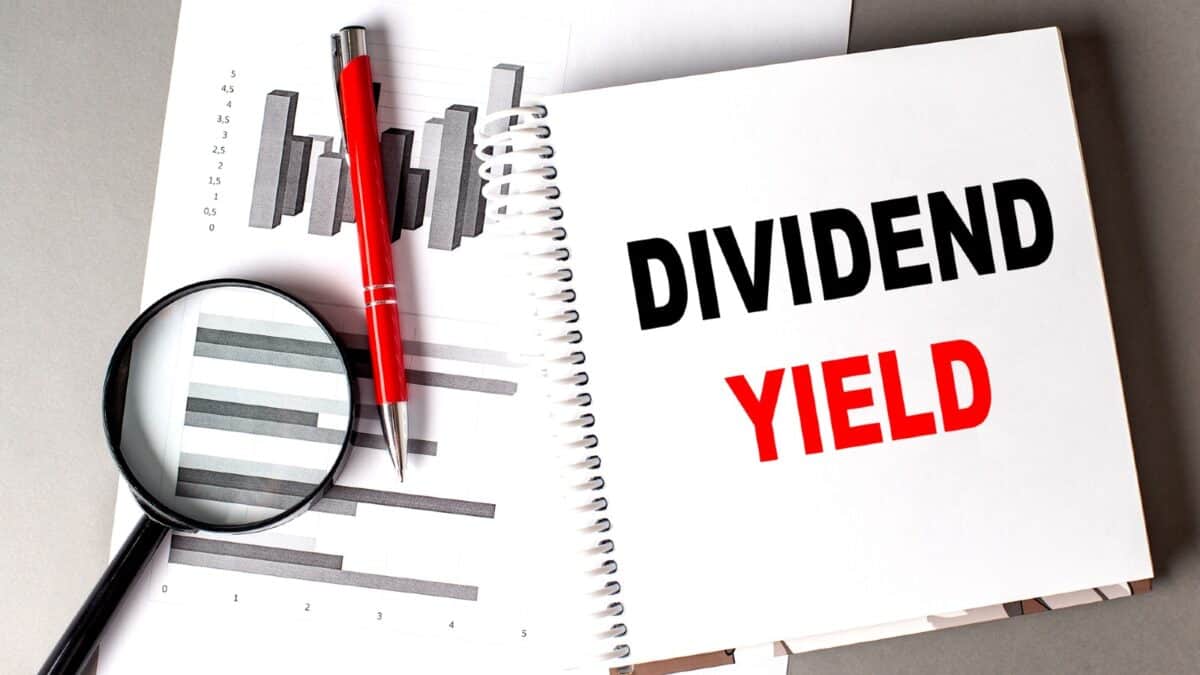
Image source: Getty Images
There are some UK shares with interesting dividend yields on offer at the moment. But when it comes to investing, things aren’t always what they seem.
I’m firmly of the view that dividend stocks can be great passive income investments. Finding the right ones however, can be a tricky business.
High yields
There are a number of stocks that have dividend yields that seem too good to be true. And in some cases, that’s because they are. Regional REIT (LSE:RGL) is one example. According to some sources, the real estate investment trust (REIT) is set to return over 16% of its share price to investors in the next 12 months.
This however, is a mistake. The firm’s actually looking to distribute around 7.8p per share and with a current share price of £1.16, that implies a 6.7% dividend yield.
A 6.7% return isn’t bad, especially with Regional REIT having strengthened its balance sheet recently. But it’s far from the yield advertised in some places, so what’s going on here?
I think the answer has to do with the company going through a reverse stock split last year. In doing so, it replaced 10 (old) shares with one (new) one.
My suspicion is that this is causing some of the calculations in certain places to go wrong. But this is exactly the kind of things investors need to know about.
Please note that tax treatment depends on the individual circumstances of each client and may be subject to change in future. The content in this article is provided for information purposes only. It is not intended to be, neither does it constitute, any form of tax advice.
Special dividends
In other cases, returns can be much higher than they seem – B&M European Value Retail‘s (LSE:BME) a good example. A quick look suggests the stock comes with a 5% dividend yield.
That isn’t bad by any means. And in 2024, B&M returned 14.9p per share in ordinary dividends, which is indeed 5% of the current stock price of £2.94.
This however, isn’t the full story. The firm also distributed a special dividend of 15p per share, which takes the total cash distribution to 29.9p – 10% yield at today’s prices.
No dividends are guaranteed, especially special ones. Investors should also note that declining like-for-like sales meant B&M’s big February distribution was lower than in previous years.
The company however, does have a good track record when it comes to its special dividend. And leaving this out of the yield calculation significantly understates the overall return. This is why investors aiming for passive income need to look closely at stocks. Sometimes a dividend can actually be more impressive than it looks.
Appearances can be deceptive
Income investors generally know that there’s more to a stock than its dividend. Over the long term, the most important thing is the underlying business.
Sometimes though, even the dividend yield isn’t what it seems. A closer look can show investors they’re set to receive much less than they might have thought – or much more.
A 16% dividend yield would be a pretty compelling reason for investors to think seriously about buying shares in Regional REIT. But I’m not convinced this is the case at 6.7%.
With B&M, however, the situation is the opposite way around. The fact the stock looks set to distribute 10% of its market-cap each year, rather than 5%, means I think it’s worth considering.













